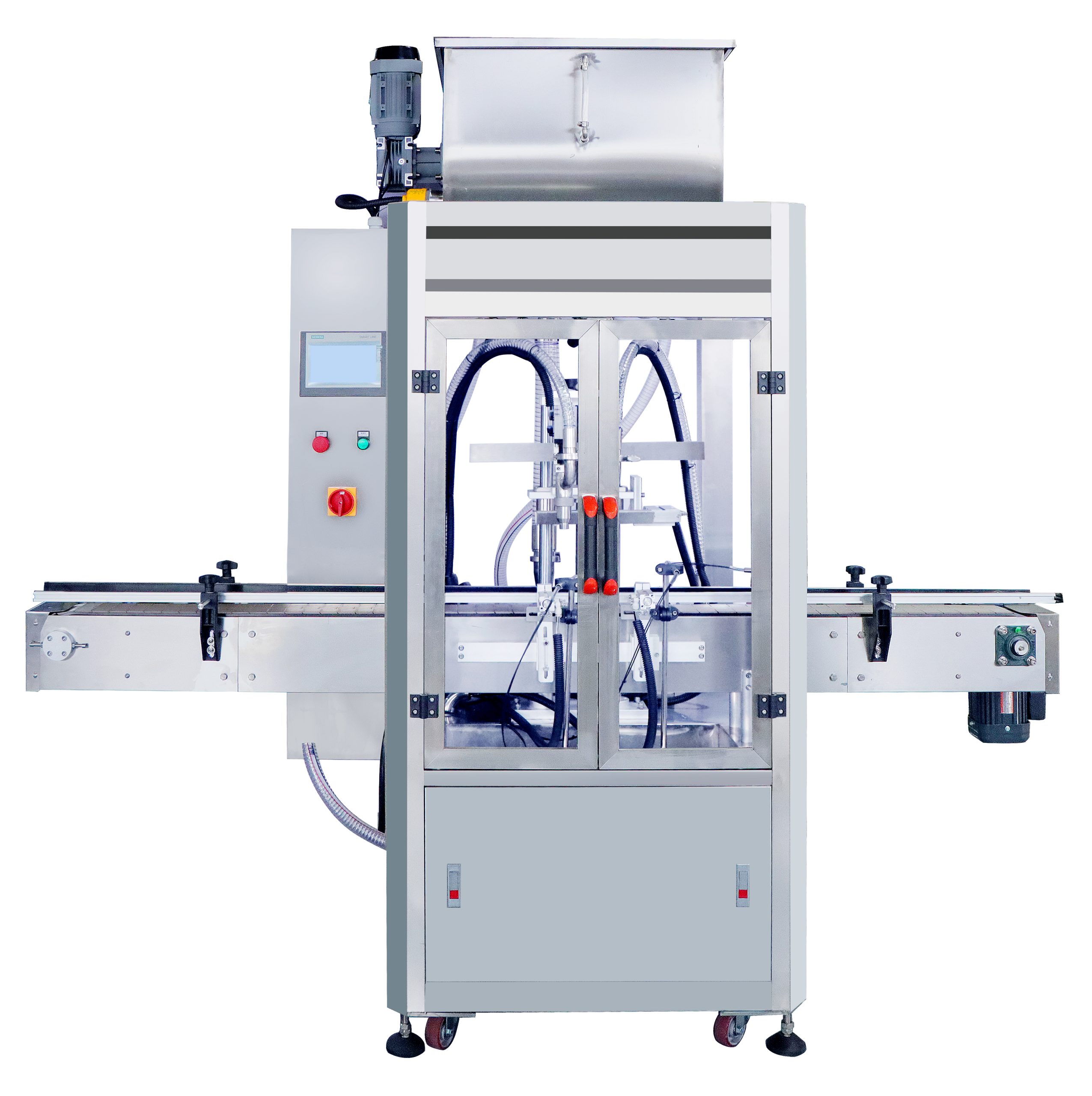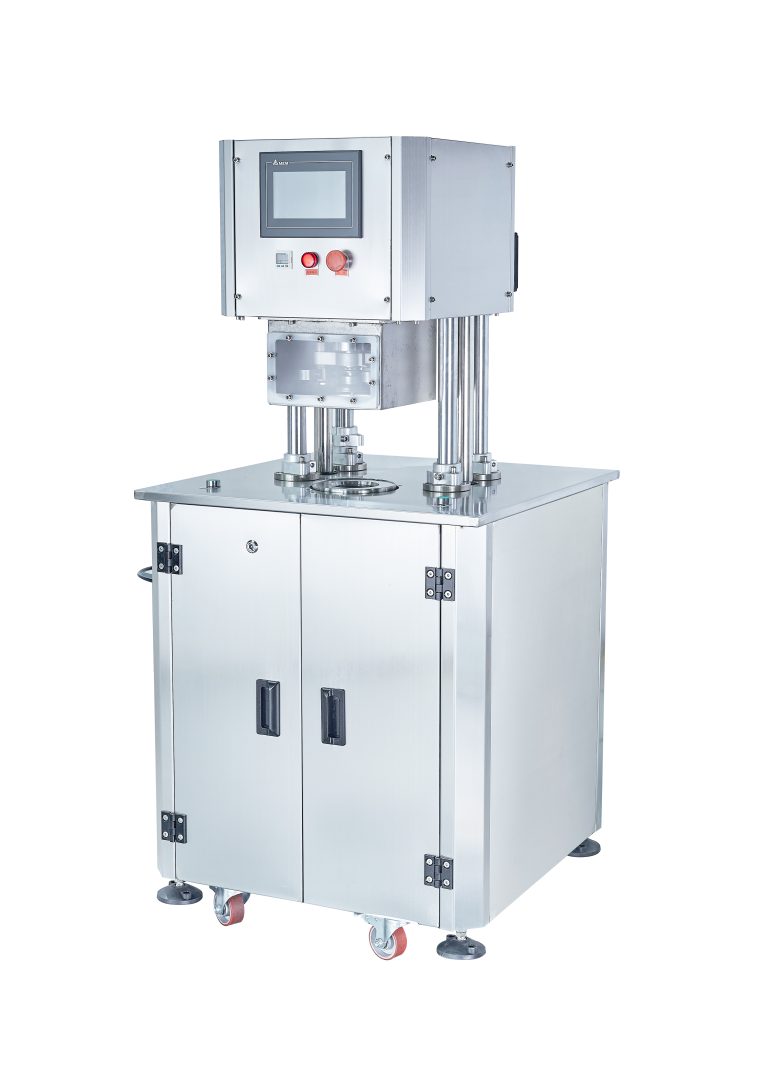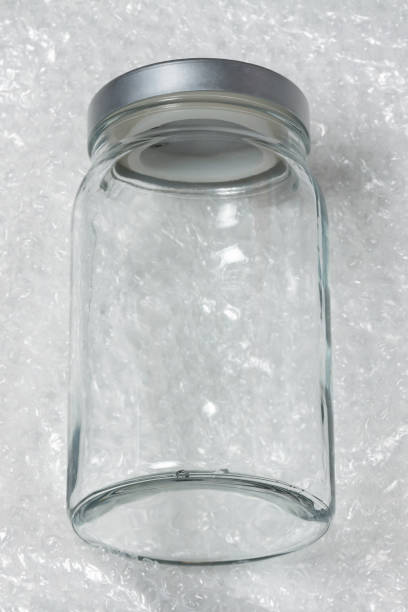Table of Contents
Step-by-Step Guide to Operating a Chili Sauce Piston Filling Machine
Operating a chili sauce piston filling machine may seem like a daunting task, but with a step-by-step guide, the process can be simplified. This article will provide a comprehensive guide on how to use a chili sauce piston filling machine effectively and efficiently.
To begin with, it is crucial to understand the basic components of the machine. The main parts include the hopper, the piston, the cylinder, and the nozzle. The hopper is where the chili sauce is stored before it is filled into the containers. The piston, which is located inside the cylinder, moves up and down to draw the sauce from the hopper and push it out through the nozzle into the containers.
Before starting the machine, ensure that it is clean and in good working condition. This involves checking all the parts for any signs of wear and tear and cleaning the machine thoroughly to prevent any contamination. Once the machine is ready, the next step is to fill the hopper with the chili sauce. It is important to note that the sauce should be of the right consistency; too thick and it may not flow properly, too thin and it may leak from the containers.
After filling the hopper, adjust the piston’s settings to control the amount of sauce that will be filled into each container. This is usually done by adjusting a dial or a knob on the machine. The settings will depend on the size of the containers and the desired amount of sauce in each. Once the settings are correct, place the containers under the nozzle, ensuring they are aligned properly to prevent any spillage.
The next step is to start the machine. This is typically done by pressing a button or flipping a switch. As the machine starts, the piston will move up, drawing the sauce from the hopper into the cylinder. It will then move down, pushing the sauce out through the nozzle and into the containers. This process will continue until all the containers are filled.
While the machine is running, it is important to monitor its operation closely. Check for any signs of malfunction, such as unusual noises or erratic movements. If any problems are detected, stop the machine immediately and troubleshoot the issue. This may involve adjusting the settings, cleaning the machine, or in some cases, seeking professional help.

Once all the containers are filled, the final step is to stop the machine. This is usually done by pressing a button or flipping a switch. After stopping the machine, remove the filled containers and replace them with empty ones, if necessary. Finally, clean the machine thoroughly to prepare it for the next use.
In conclusion, operating a chili sauce piston filling machine involves understanding the machine’s components, preparing the machine and the sauce, adjusting the settings, starting the machine, monitoring its operation, and finally stopping the machine and cleaning it. With this step-by-step guide, the process should be much easier and more efficient. Remember, practice makes perfect, so don’t be discouraged if you don’t get it right the first time. With patience and persistence, you’ll soon be a pro at operating a chili sauce piston filling machine.
Mastering the Use of Chili Sauce Piston Filling Machine: A Comprehensive Tutorial
The chili sauce piston filling machine is an indispensable tool in the food processing industry, particularly for businesses that produce and package chili sauce. This machine is designed to fill containers with a precise amount of chili sauce, ensuring consistency in product quantity and quality. Mastering the use of this machine can significantly enhance your production efficiency and product quality. This article provides a comprehensive tutorial on how to use a chili sauce piston filling machine.
To begin with, it is crucial to understand the basic components of the machine. The main parts include the hopper, which holds the chili sauce; the piston, which draws and dispenses the sauce; and the nozzle, which releases the sauce into the containers. Familiarizing yourself with these components is the first step towards effectively operating the machine.
Before starting the machine, ensure that it is clean and in good working condition. This involves inspecting the machine parts for any signs of wear and tear and cleaning the hopper, piston, and nozzle to prevent contamination. Once the machine is ready, you can then proceed to fill the hopper with chili sauce. It is important to note that the sauce should be free from any solid particles that could clog the machine.
After filling the hopper, you can set the desired volume of sauce to be dispensed. This is done by adjusting the piston’s position. The piston draws the sauce from the hopper and pushes it out through the nozzle. The volume of sauce dispensed is directly proportional to the piston’s movement. Therefore, a larger piston movement will result in a larger volume of sauce being dispensed, and vice versa.
Once the volume is set, you can then place the containers under the nozzle and start the machine. The machine will automatically fill each container with the set volume of sauce. It is essential to monitor the filling process to ensure that each container is filled accurately and consistently. If you notice any inconsistencies, you should stop the machine and adjust the piston’s position accordingly.
After filling the containers, they should be immediately sealed to maintain the sauce’s freshness and prevent contamination. The filled containers can then be labeled and packaged for distribution. It is also important to clean the machine after each use to maintain its efficiency and longevity.
In conclusion, using a chili sauce piston filling machine involves understanding its basic components, preparing the machine and the sauce, setting the desired volume, monitoring the filling process, and cleaning the machine after use. By mastering these steps, you can significantly enhance your production efficiency and product quality. However, it is important to note that different machines may have different operating procedures. Therefore, always refer to the machine’s manual for specific instructions.
Remember, safety should always be your top priority when operating any machinery. Always wear appropriate protective gear, and never attempt to fix any mechanical issues without proper training. If you encounter any problems with the machine, it is advisable to seek professional help.






